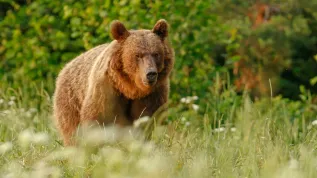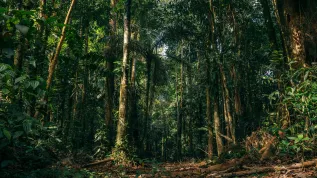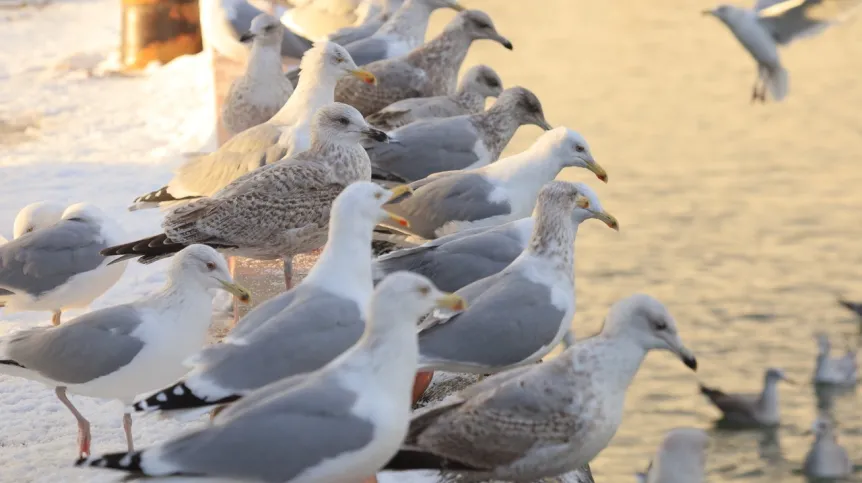
A groundbreaking study by Polish ornithologists has revealed that the migration habits of hybrid gulls are genetically determined, showing intermediate behaviors between their parent species. This research sheds new light on how hybridization impacts not only physical traits but also migratory patterns in birds, a key aspect of their behavior that has long puzzled scientists.
The study, published in Scientific Reports, was led by Grzegorz Neubauer, PhD, from the Ornithological Station of the Polish Academy of Sciences, in collaboration with the University of Wrocław and the Swiss Ornithological Institute. The research focuses on hybrids of two gull species: the European herring gull and the Caspian gull, both of which have overlapping territories in Poland.
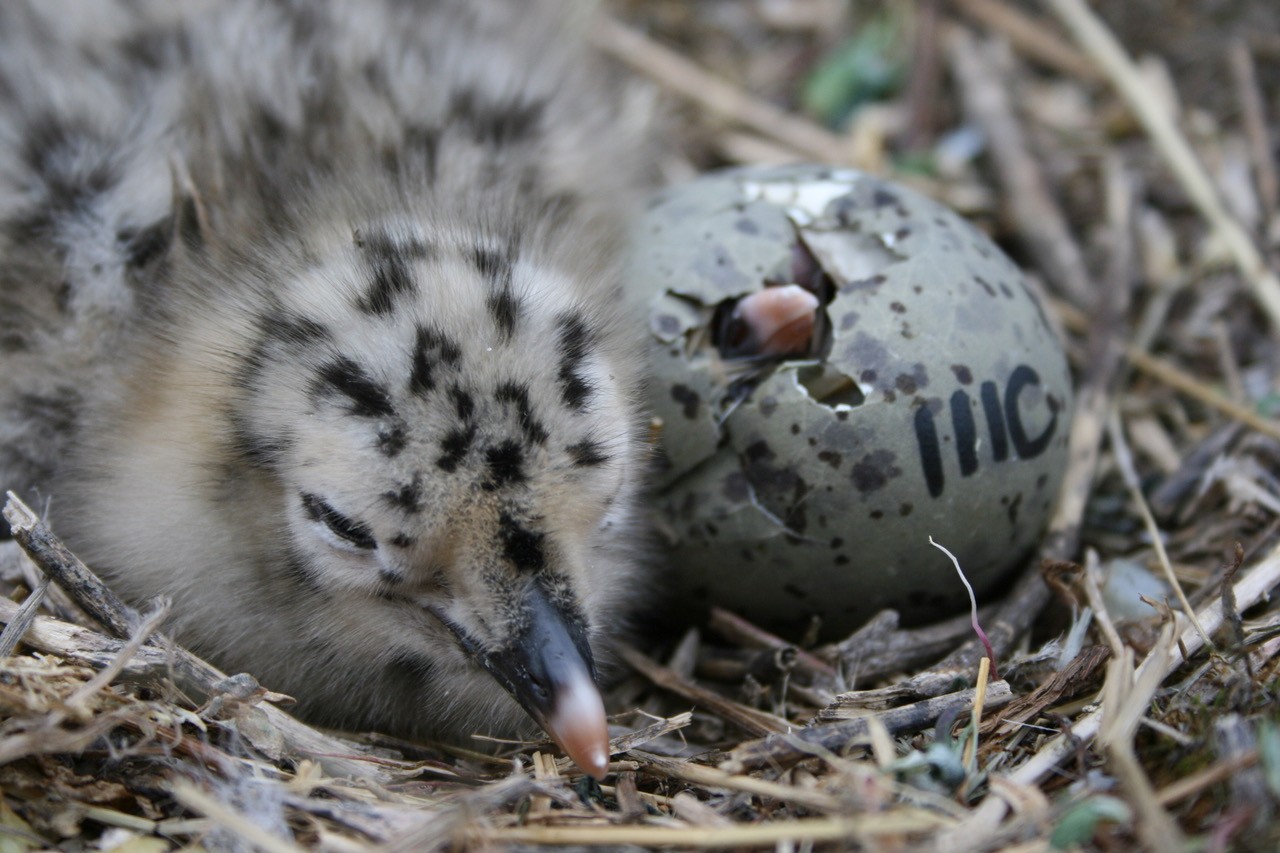
A Genetic Link to Migration
The researchers hypothesized that hybrid gulls, which result from the interbreeding of the two species, would exhibit migration patterns that lie somewhere between those of their parent species. Herring gulls are known for their short migration distances, often staying close to their breeding grounds, while Caspian gulls migrate much farther, traveling long distances to the Middle East and beyond.
‘We wanted to test whether hybrids would follow an intermediate migration path, both in terms of distance and direction,’ says Neubauer. The study tracked the migration of these gulls over a period of 20 years, using data collected from bird ringing, a method of marking birds for study. Genetic analysis confirmed that the birds being studied were indeed hybrids.
Intermediate Migration Habits
The findings confirmed the scientists' hypothesis. Hybrids between the herring gull and the Caspian gull exhibited migration behaviors that were a mix of both species. While herring gulls are typically reluctant to migrate, often staying within a small area, Caspian gulls fly much farther and more widely, especially populations from Eastern Europe, which migrate long distances to the Middle East and other southern regions during the winter.
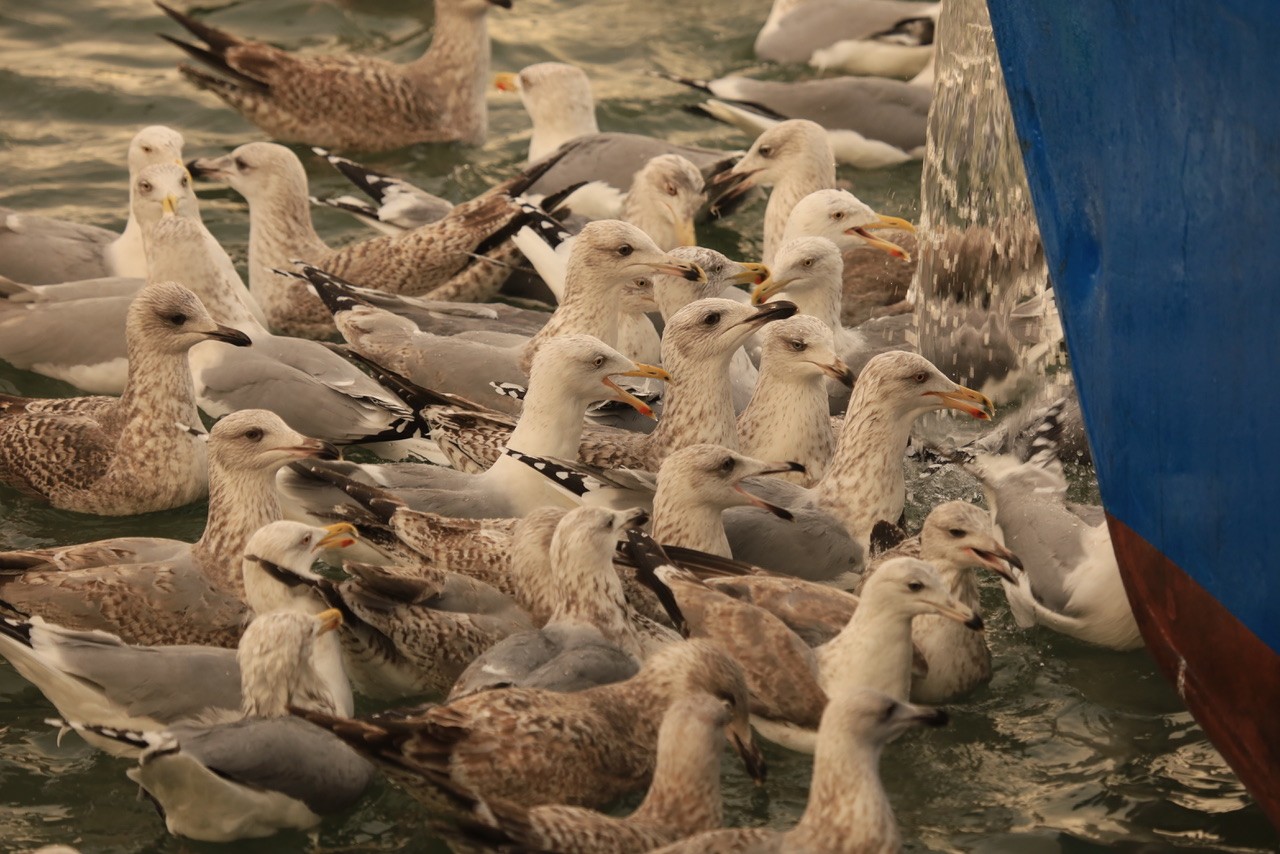
Hybrids, however, traveled intermediate distances, leaning slightly more toward the longer migration patterns of the Caspian gull. The study shows that hybridization has a clear impact on migration, leading to the creation of new, intermediate migration patterns that are distinct from those of the parent species.
‘The hybrids do not fully align with either parent species in terms of migration,’ Neubauer explains. ‘This suggests that migration, like other aspects of behavior, has a genetic component that can be influenced by hybridization.’
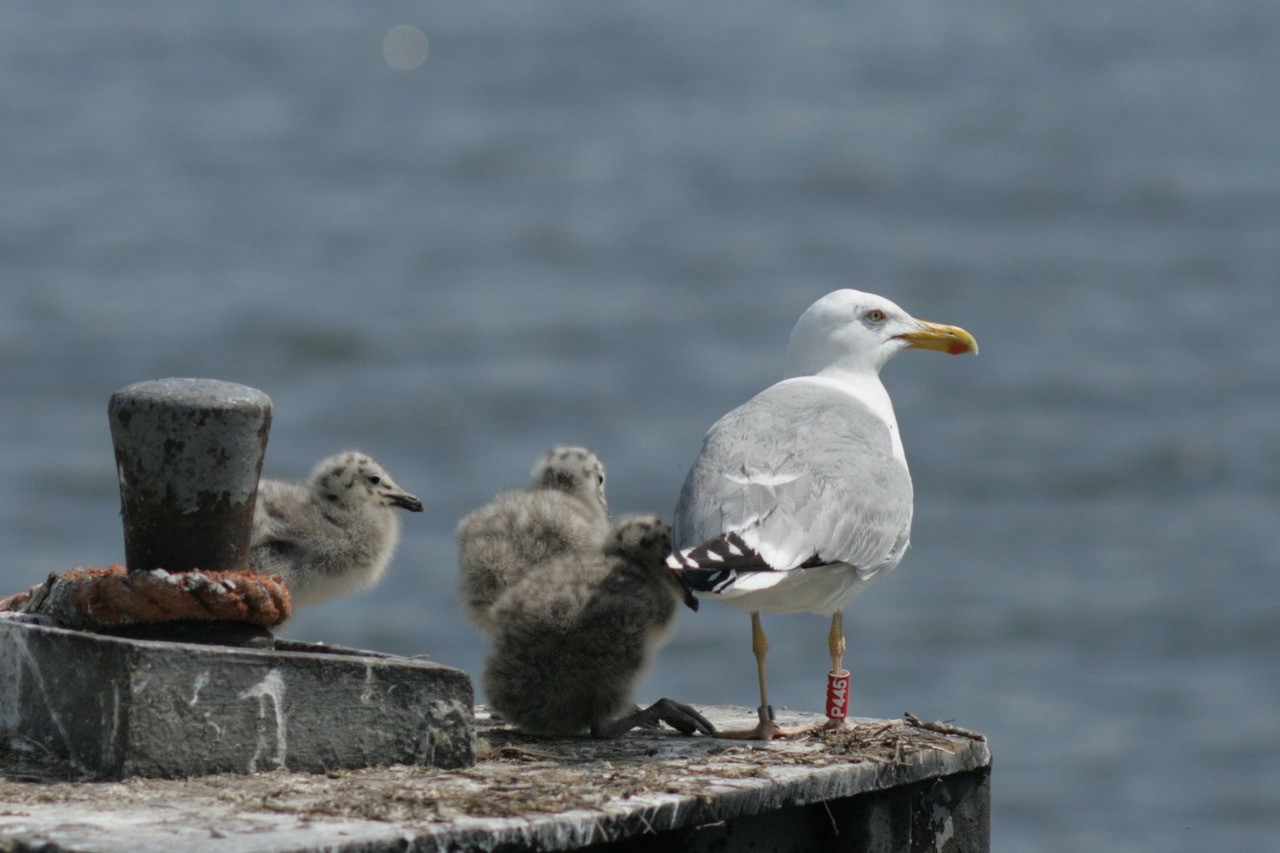
Hybridization on the Rise
The study also points to the increasing frequency of hybridization between the two species, which has become more common in Poland over the last few decades. About 150 years ago, herring gulls and Caspian gulls had separate ranges. But due to human activities, particularly the creation of open waste dumps that provide a steady food source, the Caspian gull has been expanding its range westward, eventually meeting and interbreeding with the herring gull in Poland.
‘Hybridization between these two species has been happening more frequently as their ranges overlap,’ Neubauer says. ‘We are in the center of their hybridization zone in Poland, and as a result, interbreeding is becoming a regular occurrence.’
The Role of Human Activity
Neubauer also notes that human activity has played a significant role in this interbreeding. The spread of the Caspian gull, particularly due to the availability of food from waste sites, has facilitated the meeting of the two species, which are ecologically and behaviorally similar.
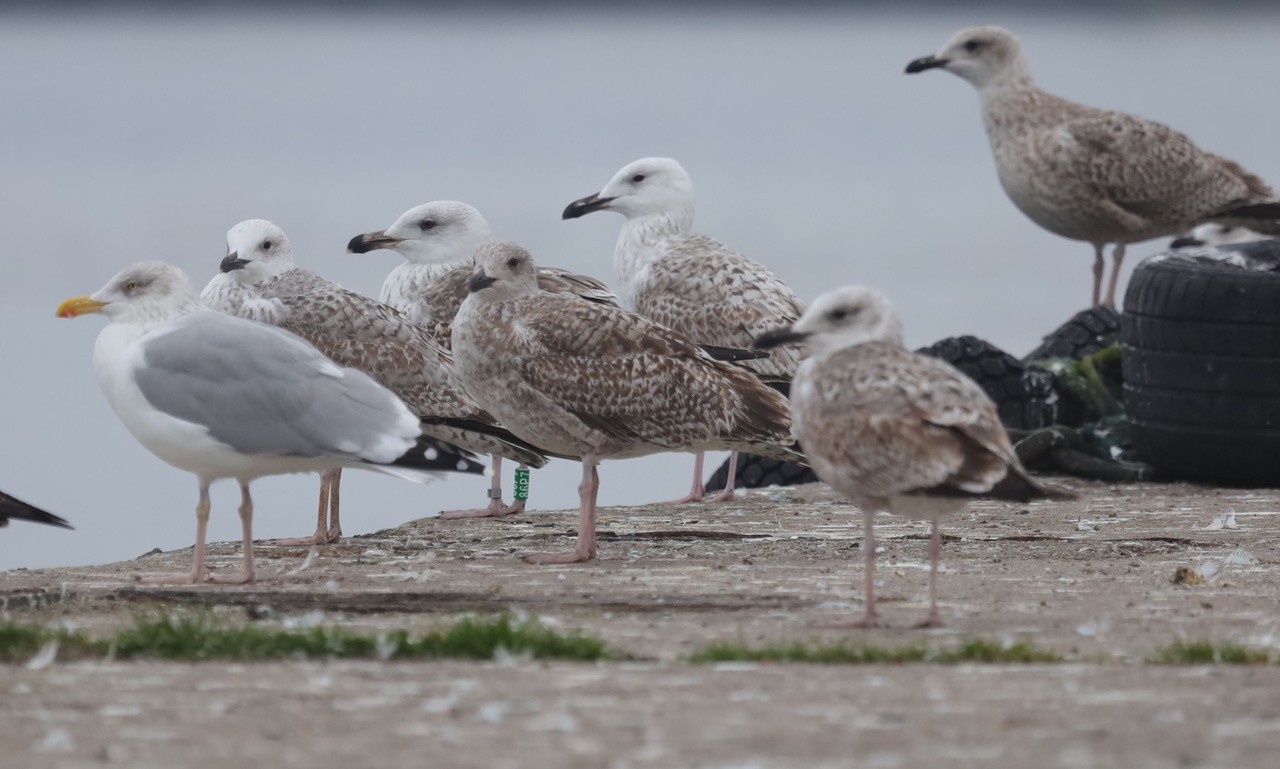
‘Caspian gulls are an expanding species, but they don’t yet pose a significant threat to the European herring gull population,’ Neubauer explains. ‘Instead, their competition is blurred by hybridization, which may be reducing the intensity of this interaction.’
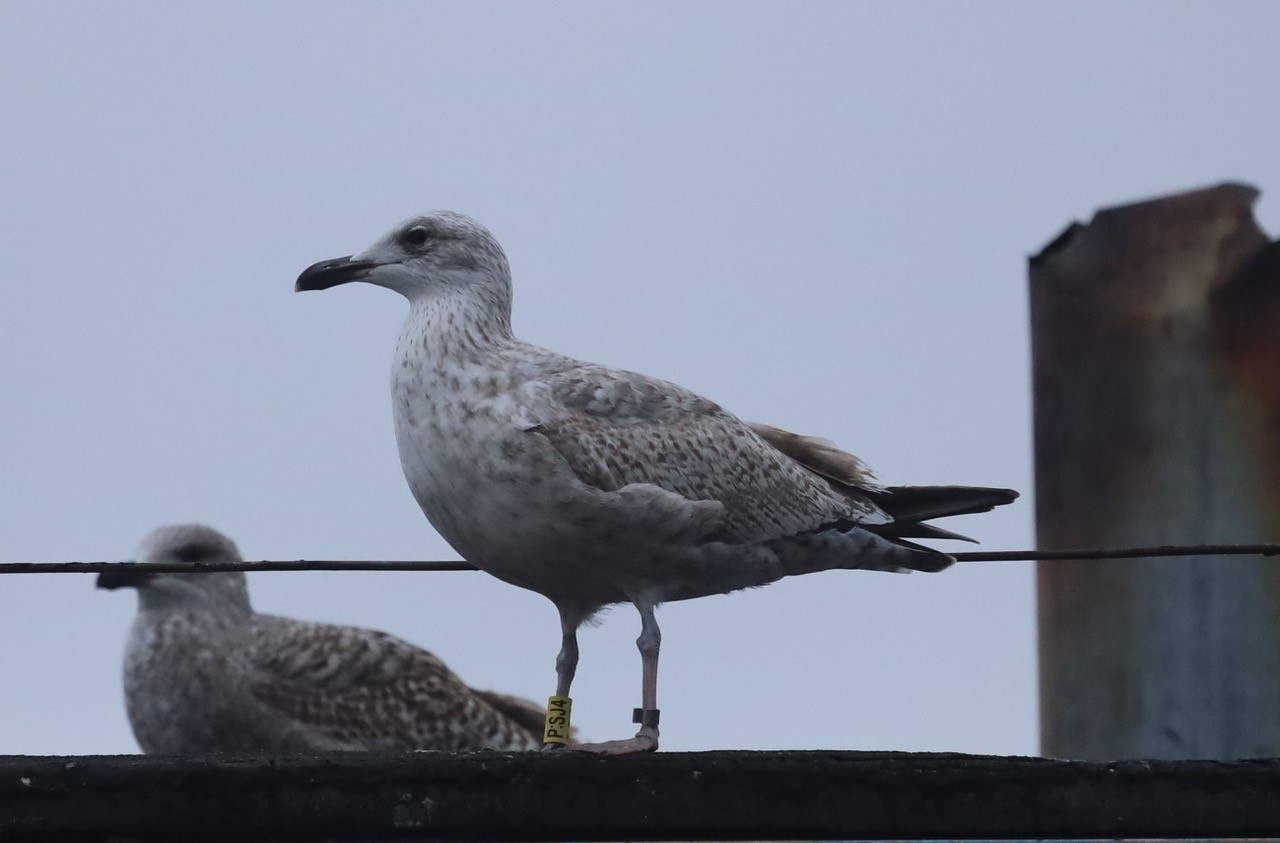
‘By studying hybridization, we can better understand how species adapt to environmental changes and how new behaviors or traits may emerge in the process,’ Neubauer concludes. ‘This research is helping us unravel the complex mechanisms of speciation and evolution, especially in an era of rapid environmental change.’
PAP - Science in Poland, Katarzyna Czechowicz
kap/ zan/
tr. RL
Gallery (6 images)
-
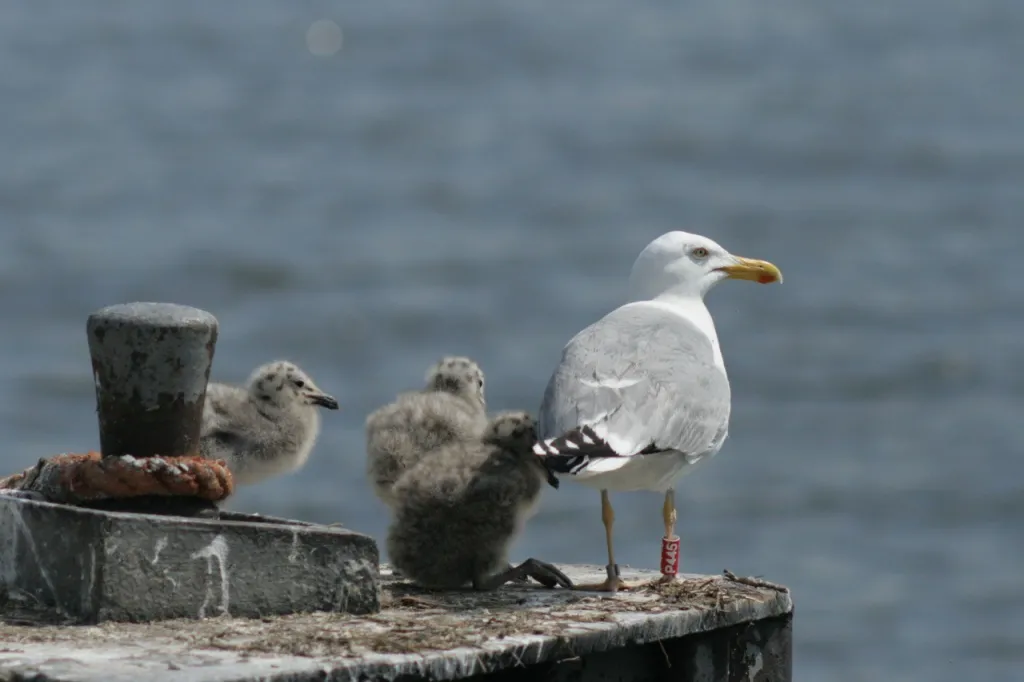 1/6A male herring gull with hybrid chicks (the mother was a female Caspian gull). Włocławek Reservoir, May 2009. Credit: Magdalena Zagalska-Neubauer & Grzegorz Neubauer
1/6A male herring gull with hybrid chicks (the mother was a female Caspian gull). Włocławek Reservoir, May 2009. Credit: Magdalena Zagalska-Neubauer & Grzegorz Neubauer -
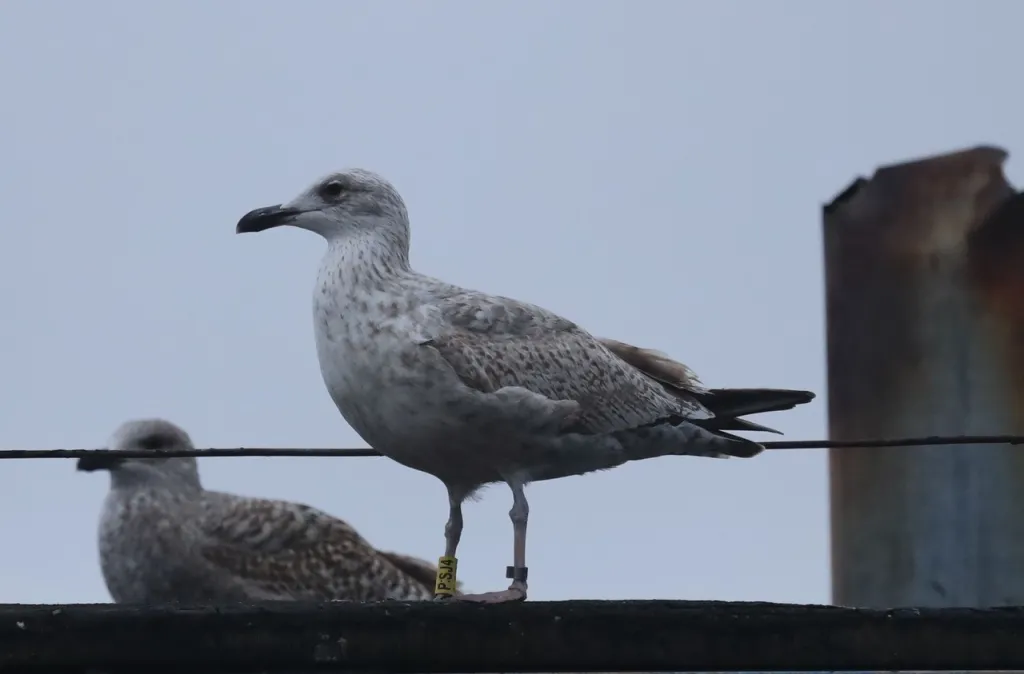 2/6A European herring gull ringed as a chick in Gdynia in 2022, wintering in the Bay of Gdańsk (photo from the port in Władysławowo, November 2023). Such a short 'migration' (approx. 20 km, wintering site close to breeding grounds) is common for European herring gulls in Poland. Credit: Grzegorz Neubauer
2/6A European herring gull ringed as a chick in Gdynia in 2022, wintering in the Bay of Gdańsk (photo from the port in Władysławowo, November 2023). Such a short 'migration' (approx. 20 km, wintering site close to breeding grounds) is common for European herring gulls in Poland. Credit: Grzegorz Neubauer -
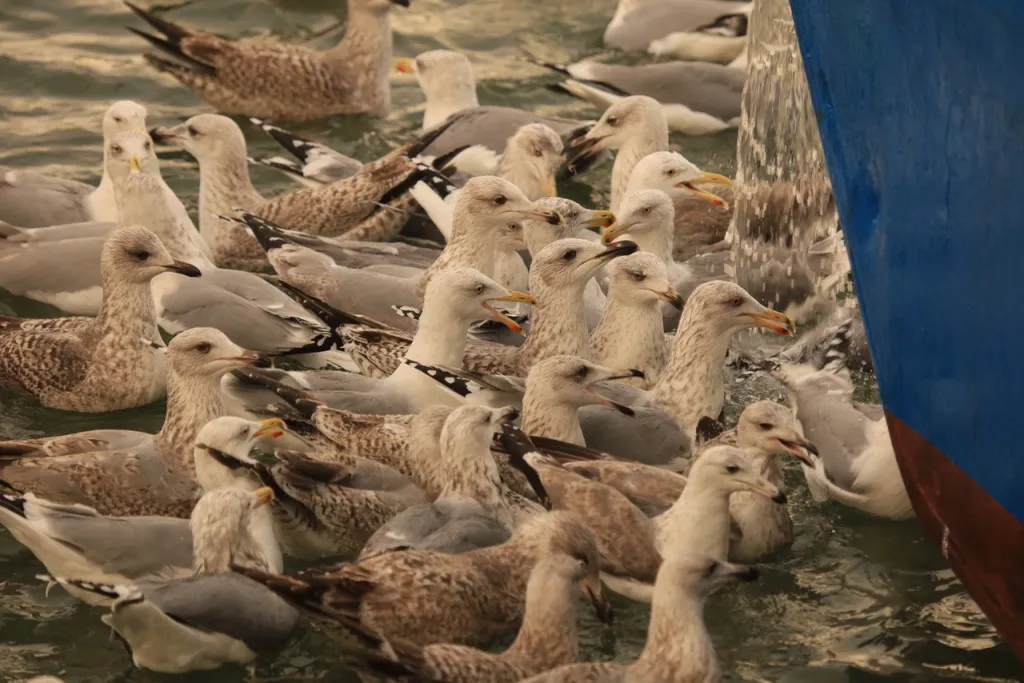 3/6Gulls are sociable birds and in winter they often gather in large flocks, feeding in fishing ports. The photo shows European herring gulls in Władysławowo, January 2024. Credit: Grzegorz Neubauer
3/6Gulls are sociable birds and in winter they often gather in large flocks, feeding in fishing ports. The photo shows European herring gulls in Władysławowo, January 2024. Credit: Grzegorz Neubauer -
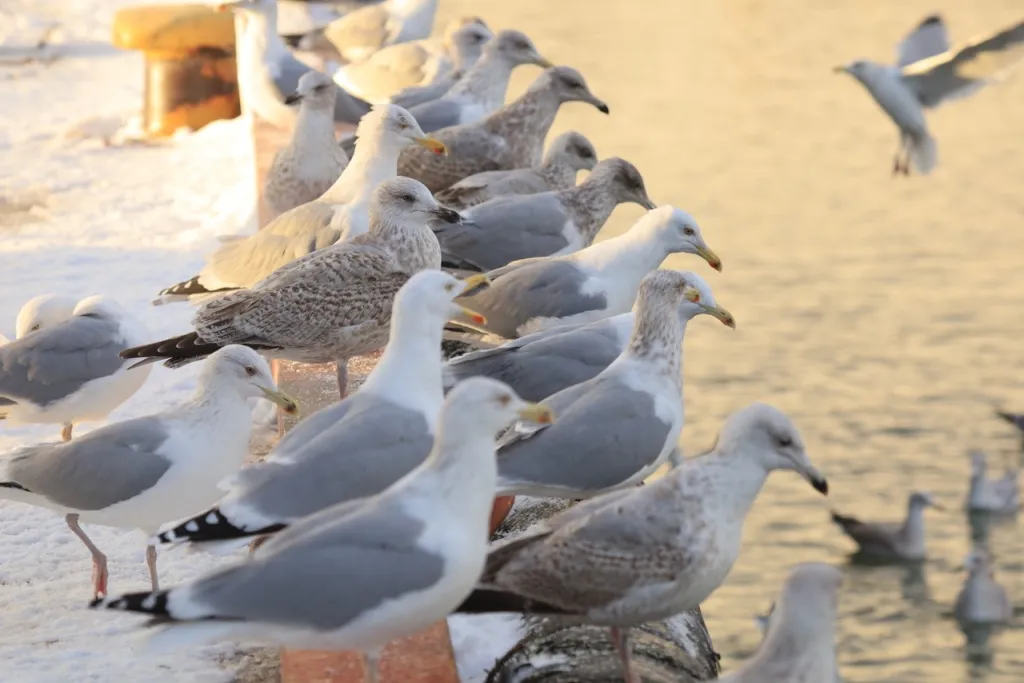 4/6Mewy są ptakami towarzyskimi i zimą często grupują się w duże stada, żerując w portach rybackich. Na zdjęciu mewy srebrzyste we Władysławowie, styczeń 2024. Fot. Grzegorz Neubauer
4/6Mewy są ptakami towarzyskimi i zimą często grupują się w duże stada, żerując w portach rybackich. Na zdjęciu mewy srebrzyste we Władysławowie, styczeń 2024. Fot. Grzegorz Neubauer -
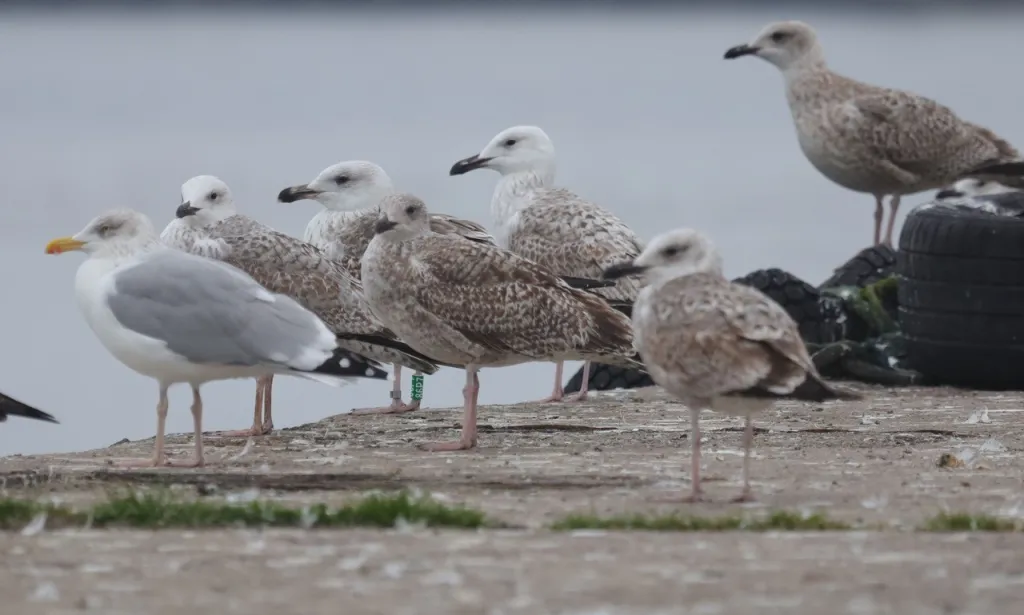 5/6Three species of gulls: herring gulls, white-headed gulls and a black-backed gull (the latter with a ring). October 2024, Władysławowo. Credit: Grzegorz Neubauer
5/6Three species of gulls: herring gulls, white-headed gulls and a black-backed gull (the latter with a ring). October 2024, Władysławowo. Credit: Grzegorz Neubauer -
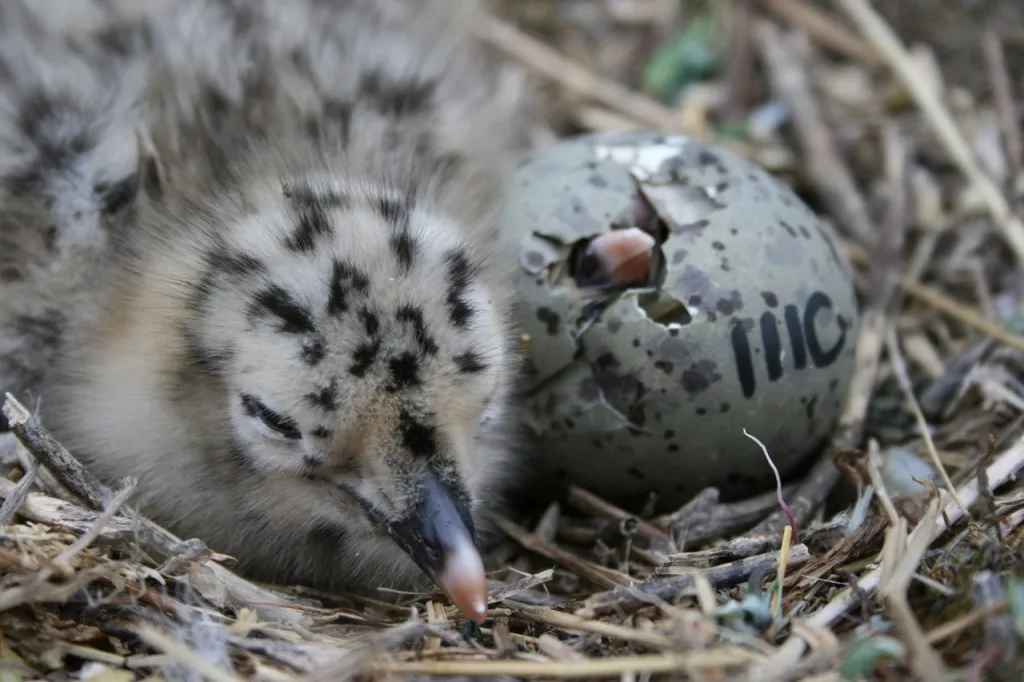 6/6Herring gull and Caspian gull hybrid chicks (one hatching from the egg). Włocławek Reservoir, May 2008. Credit: Magdalena Zagalska-Neubauer & Grzegorz Neubauer
6/6Herring gull and Caspian gull hybrid chicks (one hatching from the egg). Włocławek Reservoir, May 2008. Credit: Magdalena Zagalska-Neubauer & Grzegorz Neubauer

